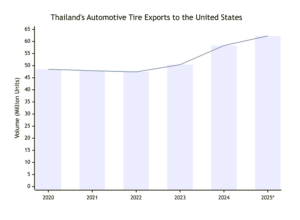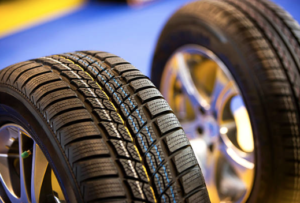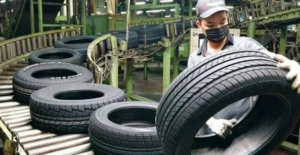I. Introduction

The global tire manufacturing industry plays a crucial role in the automotive supply chain, significantly impacting economies worldwide. The location choice for tyre manufacturer company to establish factories is crucial, as it impacts operational costs, supply chain efficiency, and access to key markets. This article evaluates Cambodia, Thailand, and Vietnam as potential sites for tire manufacturing, considering various factors that influence this critical decision.
II. Why Tyre Manufacturer Company Choose Southeast Asia?
In recent years, to avoid trade sanctions, tire companies have increasingly established factories overseas. Given the current situation, building factories abroad has seemingly become a major direction for the development of top tire manufacturers.
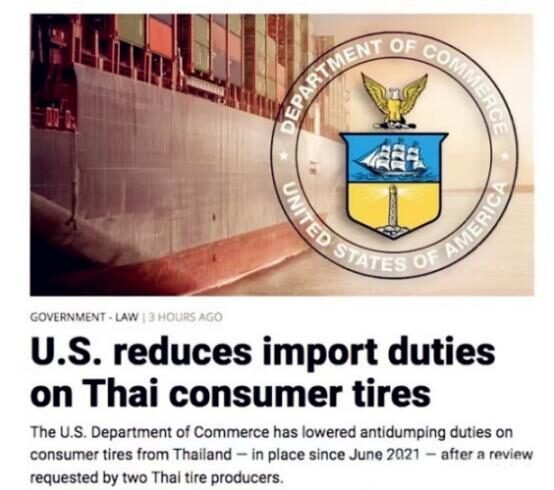
Southeast Asia has emerged as the primary choice for these companies. As a major rubber-producing region, Southeast Asia enjoys significant advantages, especially with its lower labor costs. To mitigate anti-dumping risks, tyre manufacturer company have either actively or passively embarked on the path of overseas factory establishment.
As the overall tire market environment has changed, more tire companies have accelerated their overseas expansion and increased production. In Southeast Asia, tire manufacturers primarily focus on establishing factories in Thailand, Vietnam, and Cambodia.
III. Country Analysis
Advantages and challenges of Thailand tire factory
Advantages:

Natural Rubber Supply:
Thailand is the world’s largest producer and exporter of natural rubber, ensuring a sufficient and cost-effective supply of raw materials for tire manufacturing.Mature Industrial Base:
Thailand has a well-established tire manufacturing industry chain, attracting international top tire manufacturers such as Bridgestone and Michelin, creating a cluster effect.Business Environment:
The Thai government offers relatively friendly policy support for foreign enterprises, including tax incentives and investment facilitation measures.Geographical Location and Logistics:
Thailand is centrally located in Southeast Asia, with developed ports (e.g., Laem Chabang Port) and logistics networks, facilitating the export of tire products to global markets.Skilled Workforce:
Thailand has accumulated extensive experience in tire manufacturing and boasts a large pool of skilled technical workers.
Challenges:
Trade Barriers:
In recent years, markets such as the U.S. have initiated multiple anti-dumping and countervailing duty (AD/CVD) investigations against Thai tires, leading to higher tariff pressures on some Thai tire companies.Rising Labor Costs:
With economic development, labor costs in Thailand have gradually increased, potentially impacting production costs.
Advantages and challenges of Vietnam tire factory
Advantages:
Low Labor Costs:
Vietnam’s labor costs are lower than Thailand’s, and its workforce is relatively young, making it suitable for labor-intensive tire manufacturing.Policy Support:
The Vietnamese government actively attracts foreign investment, offering tax reductions, land lease incentives, and other policy support.Geographical Location and Logistics:
Vietnam has a long coastline and multiple deep-water ports (e.g., Hai Phong Port and Ho Chi Minh Port), facilitating tire exports.Trade Agreements:
Vietnam has signed numerous free trade agreements (e.g., CPTPP, EVFTA), allowing tire exports to enjoy tariff preferences in European and American markets.Market Potential:
The domestic and surrounding Southeast Asian markets for tires are experiencing rapid growth.

Challenges:
Dependence on Imported Raw Materials:
Vietnam’s natural rubber production is relatively low, and some raw materials for tire manufacturing need to be imported from countries like Thailand and Malaysia, potentially increasing costs.Inadequate Infrastructure:
Although Vietnam’s infrastructure is improving, it still lags behind Thailand, which may affect production efficiency and logistics convenience.Shortage of Skilled Workers:
Vietnam has a relatively small pool of skilled tire manufacturing workers, requiring companies to invest more resources in training.
Advantages and challenges of Cambodia tire factory
Advantages:
Avoiding Trade Barriers:
Cambodia is not currently a major target of AD/CVD investigations in markets like the U.S., allowing tire companies to avoid high tariffs by setting up factories there.Low Labor Costs:
Cambodia has the lowest labor costs among the three countries, making it suitable for labor-intensive tire manufacturing.Policy Incentives:
The Cambodian government offers tax reductions, land lease incentives, and other policy support to attract foreign investment.Geographical Location:
Cambodia is close to major rubber-producing countries like Thailand and Vietnam, reducing raw material transportation costs.

Challenges:
Weak Industrial Base:
Cambodia’s tire manufacturing industry chain is underdeveloped, lacking supporting upstream and downstream enterprises, which may increase operational difficulties.Inadequate Infrastructure:
Cambodia’s transportation, electricity, and logistics infrastructure are relatively underdeveloped, potentially affecting production efficiency and export convenience.Shortage of Skilled Workers:
Cambodia lacks experienced tire manufacturing workers, requiring companies to invest more resources in training.
Conclusion

If the primary goal is to avoid trade barriers (e.g., U.S. AD/CVD tariffs) and the company can accept relatively weak infrastructure and industrial chains, Cambodia is a better choice.
If the company seeks to balance labor costs, policy support, and trade convenience, while being willing to face some reliance on imported raw materials, Vietnam is the most promising option.
If the company prioritizes a mature industrial base, raw material supply, and logistics advantages, and can cope with potential trade barriers, Thailand remains the ideal choice.
 The final decision should be based on the company’s specific strategic goals, market positioning, and risk tolerance. For example:
The final decision should be based on the company’s specific strategic goals, market positioning, and risk tolerance. For example:
- Companies like Sailun Tire, General Tire and Frico Cambodia Tire have chosen to set up factories in Cambodia mainly to avoid trade barriers;
- Vietnam is suitable for companies seeking to leverage low labor costs and trade agreement advantages;
- Thailand is more suitable for companies relying on mature industrial chains and raw material advantages.
IV. Current Status of Tire Manufacturing Industry

1. Thailand Tire Factory

International Tire Companies:
Bridgestone tire manufacturing Thailand : Operates multiple factories in Thailand, producing passenger and commercial vehicle tires.
Michelin Tire Thailand: Thailand is a key production base for Michelin in Southeast Asia, primarily manufacturing high-performance tires.
Goodyear Tire Thailand : Has a factory in Thailand, supplying both local and export markets.
Chinese Tire Companies:
Zhongce Rubber Company: Has a factory in Thailand, mainly producing semi-steel radial and all-steel radial tires.
Linglong Tire Thailand: Its Thai factory is a crucial overseas production base, with an annual capacity exceeding 10 million tires.
Sailun Tire Thailand : Operates a factory in Thailand, producing high-performance tires for global markets.
Thailand Tire Factory Production Capacity Overview:
Thailand currently has over 20 tire factories, with an annual production capacity exceeding 200 million tires.
Thailand ranks among the top global exporters of tires, with major export markets including the U.S., Europe, and Southeast Asia.
Currently, Thailand has become the most mature region for overseas tire manufacturing, but maturity also implies fewer opportunities. Moreover, tire giants such as Michelin, Bridgestone, and Yokohama have long established their presence in Thailand, making the capacity market competition in Thailand quite challenging for tire companies.
2. Vietnam Tyre Manufacturers
Vietnam has recently become a popular destination for tire manufacturing investments, especially amid changes in the international trade environment. Below is an overview of major companies and their production capacities:

International Tire Companies:
Bridgestone Tire Vietnam: Operates a factory in Vietnam, primarily producing passenger vehicle tires.
Michelin Tire Vietnam: Its Vietnamese factory is a key part of its global supply chain.
Yokohama Rubber Company: Has a factory in Vietnam, mainly supplying Southeast Asian and global markets.
Chinese Tire Companies:
Sailun Tire Vietnam: Operates a factory in Vietnam, producing semi-steel radial and all-steel radial tires.
Guizhou Tire Vietnam: Its Vietnamese factory is a significant overseas production base, mainly manufacturing commercial vehicle tires.
Double Star Tire Vietnam: Plans to expand production capacity in Vietnam, focusing on high-performance tires.
Vietnam Tire Factory Production Capacity Overview:
Vietnam currently has over 10 tire factories, with an annual production capacity exceeding 100 million tires.
Vietnam’s tire exports are growing rapidly, with major export markets including the U.S., Europe, and Southeast Asia.
Vietnam boasts a relatively developed economic foundation and is a socialist country. In recent years, many tire companies have chosen to set up factories in Vietnam. With an increasing number of Chinese tire manufacturers entering the market, Vietnam has already achieved a production capacity exceeding tens of millions of tires. It is highly likely that Vietnam will catch up to Thailand’s significant role in Southeast Asia’s tire exports.
3. Cambodia Tire Factory
Cambodia has recently attracted several Chinese tire companies to invest in factories, primarily to avoid trade barriers and reduce production costs. Below is an overview of major companies and their production capacities:

Chinese Tire Companies:
Sailun Cambodia Tire: Operates a factory in Cambodia, planning to expand semi-steel tire production capacity to 12 million units/year and all-steel tire capacity to over 1 million units/year.
General Cambodia Tire: The Cambodian factory’s Phase I capacity is 5.9 million tires (5 million semi-steel tires and 900,000 all-steel tires), with Phase II adding 4.25 million units (3.5 million semi-steel tires and 750,000 all-steel tires).
Double Star Cambodia Tire: Plans to build a production capacity of 8.5 million tires in Cambodia (7 million semi-steel tires and 1.5 million all-steel tires), with Phase I expected to commence production in 2024.
Frico Cambodia Tire: The Cambodia tire factory has an annual production capacity of 12 million tires.
Firemax Cambodia Tire: Plans to build a production capacity of 9.2 million tires in Cambodia (8 million passenger vehicle tires and 1.2 million commercial vehicle tires).
ZODO Cambodia Tire: Plans to produce 7.2 million sets of tires in Cambodia (6 million semi-steel tires and 1.2 million all-steel tires).
Cambodia Tire Factory Production Capacity Overview:
Cambodia currently has multiple tire factories under construction, with an expected annual production capacity exceeding 50 million tires in the coming years.
Cambodia’s tire exports primarily target markets such as the U.S., Europe, and Southeast Asia.
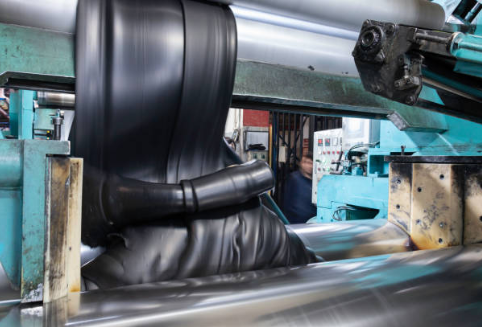
Although Cambodia may not stand out in Southeast Asia and its economic conditions are relatively underdeveloped, it holds immense potential. The Cambodian government is very friendly to Chinese enterprises and is a key partner in the Belt and Road Initiative. Collaborative projects on transportation infrastructure, such as railways and canals, indicate a promising future for Chinese tyre manufacturer company in Cambodia. More importantly, unlike Thailand and Vietnam, which have faced U.S. tariff sanctions due to their high-profile tire production capacities, Cambodia remains an untapped and favorable land for investment.
V. Conclusion
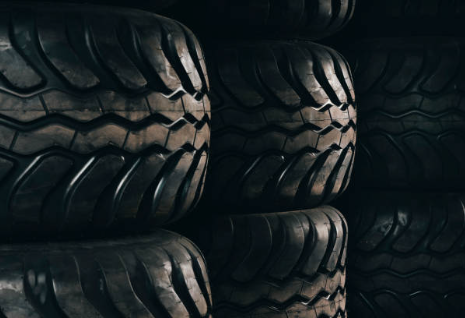
Southeast Asia, attracting investments from multiple Chinese tire companies. With tyre manufacturer company like Sailun Tire, General Tire, Double Star Tire, Firemax Tire, and Frico Cambodia Tire continuously expanding their production capacities in Cambodia, the annual tire supply capability in the country is expected to significantly increase in the future. Tire price in Cambodia will also be more advantageous This not only provides new export channels for tire companies but also brings positive impacts on the local economy. In the face of challenges in overseas markets, particularly U.S. trade policies, the tire manufacturing industry in Cambodia is proving to be crucial, indicating that the region’s potential and competitiveness in the global tire market will continue to enhance.

